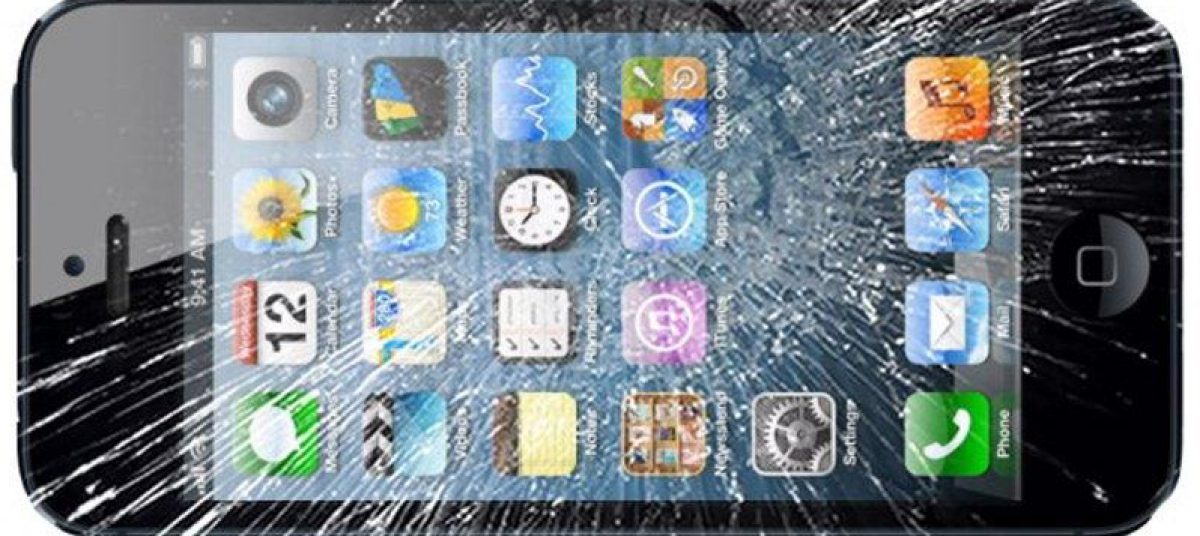“Children need to learn what an apology is, and when, how, and to whom to make one. They need to think about what it means to keep or break a promise. They need guidance in identifying what constitutes damage in themselves and others, aid in reflecting on what it is possible to fix, and what not.” (Spelman 34)
In this quote from chapter 3 of Repair Spelman is talking about the importance of children learning what a real apology is at a young age, and knowing when to actually make one. She also mentions that children need to be raised to be able to identify when they have caused damage to someone else, or even themselves for that matter. I thoroughly agree with this quote, and in fact I believe that nowadays apologies have lost their meaning and they are just thrown around for no reason. It is almost a force of habit at this point for people to apologize and say “sorry” when no real emotional or physical harm has been done. Using this word so gratuitously for no reason is similar to someone saying they “hate” something when they really just dislike it. Overuse of both of these words diminishes the value of them in both our language and culture. This is also why children need to learn when to actually apologize to mend a relationship, when an actual apology is warranted, and to know how to identify real damage.
This quote is similar to chapter 5 when Spelman goes on to say “In order to apologize-really apologize, and not just utter some words-for something one has done or failed to do, one has not only to acknowledge responsibility for but express sincere sorrow and regret over this action or inaction.” (Spelman 82) This quote seems to be getting at the same concept described in chapter 3, but taking it further by describing what a genuine apology would be. According to Spelman to make a genuine apology the person must come clean and take responsibility, but also express sorrow and then formally apologize by saying “I’m sorry”, or something along those lines. In my opinion, if one is trying to truly apologize and mend a relationship Spelman’s method of apologizing definitely seems to be the best way to do it and really get your point across that you are genuinely sorry for your actions. Simply saying something like, “I’m sorry for my actions” isn’t enough when you have done actual damage that has caused relationship problems. Instead, you should really talk about what you have done, how it makes you feel, and how it has impacted the other people involved. Personally, I feel as though a true apology shouldn’t “beat around the bushes”, but instead be concise and to the point because it really is the only way to know if someone is being sincere or not.
Overall, learning when and how to actually use an apology is an important skill that needs to be learned at a young age, and is important in cultivating relationships. It is no coincidence that people who have maintained long-term friendships or relationships are also the ones who have to learned to take responsibility for their actions and apologize. Also, a genuine apology must come from the heart, and it takes a lot of guts to admit when you have wronged someone, but it is all part of the reparative process when it comes to patching up a relationship. Apologies can sometimes be hard, but in the end not only will a relationship be fixed, but it could potentially be stronger than ever, and bring you that much closer to that person.
